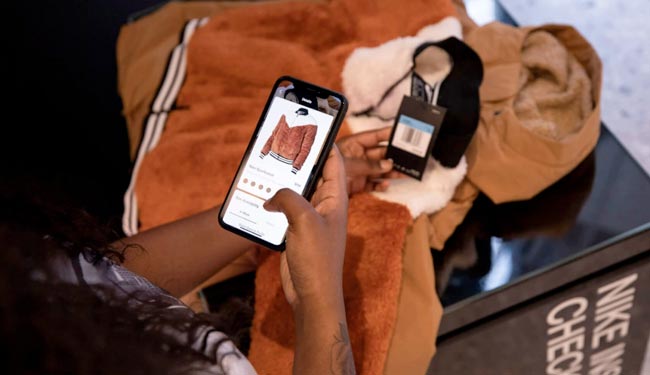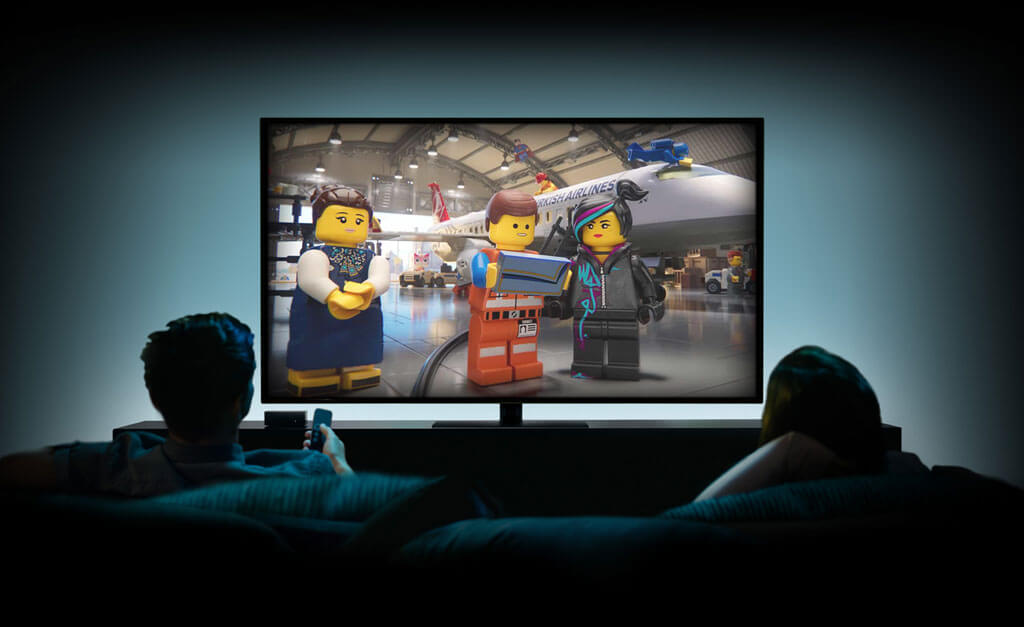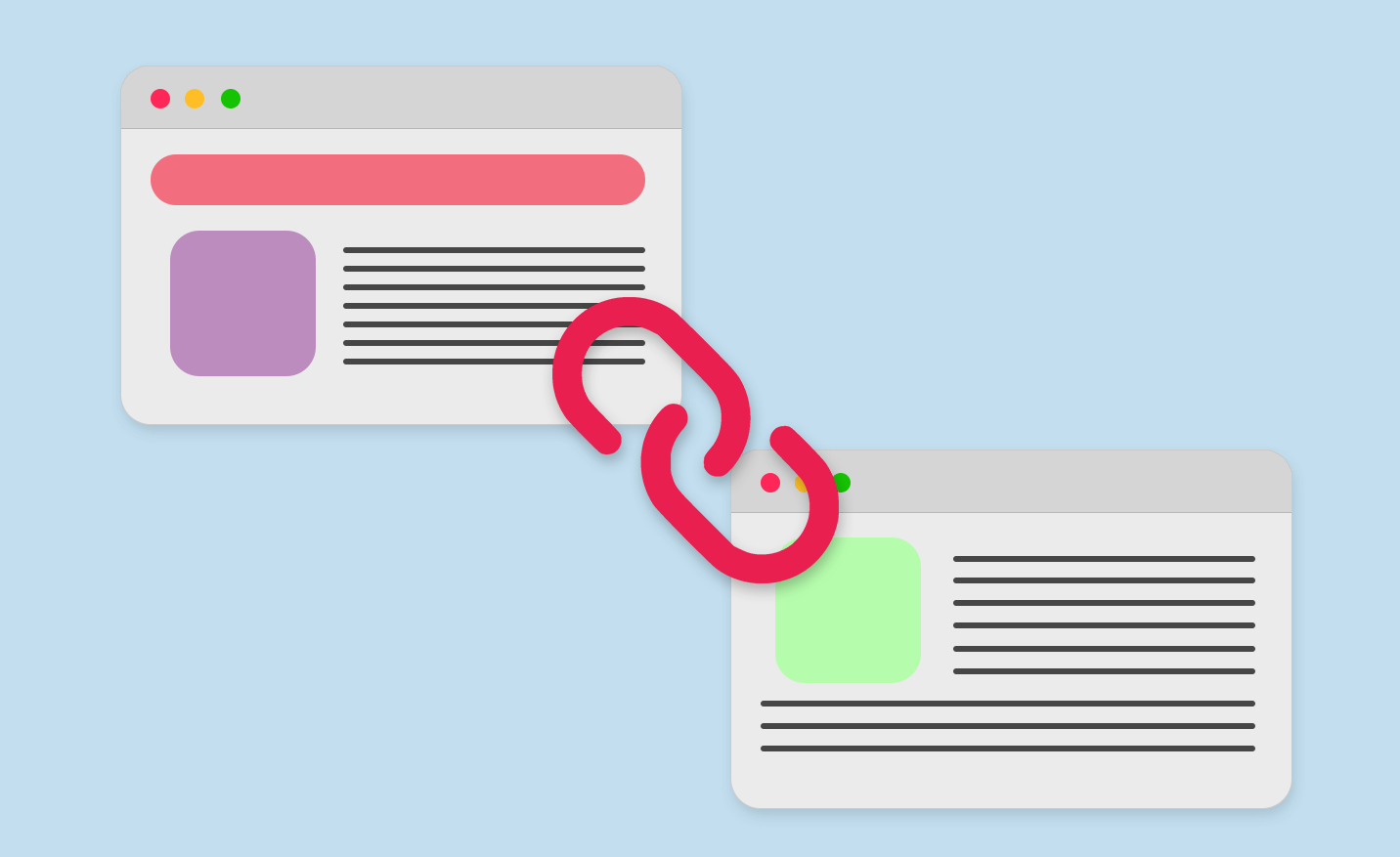Illusions
Perhaps the most important recent trend – advertising looks less and less like advertising in the conventional sense. The main drivers of these changes are new technologies that allow to make a completely different kind of advertising, as well as an incredibly huge information noise surrounding the person – in trying to break through it, advertising is undergoing changes. Future of advertising is content.
Today we are witnessing a boom in native advertising, which has literally flooded the news media in the past two years. In part, such attention to this tool is justified by its efficiency – the consumption of such advertising information is at least not annoying, and often (if everything is done well), it also entertains or even teaches.
The growing influence of bloggers
The most popular of them in the last couple of years literally got rich thanks to advertising integrations: major brands with large budgets came to the blogging sphere.
Leaving aside the simple inclusion of an advertising video in a blogger’s video like regular reading of advertising text and product placement – this does not deserve attention. Another thing is when the advertised product is integrated into the style and content of the blogger, becomes part of its material and performs the same role as the standard author’s content. If we are talking about humorous content, then advertising is part of the release – it will be comic.
Brand ID
Apparently there was no explosions of some kind in 2018, that radically changed the brand id. Everything develops more evolutionarily. From the outside it may seem that nothing is happening with the brand id, logo design and creative photography in recent years.

Predicting trends for this year is pointless. Some trends have been held for several years and are still relevant, while others are not. Trends are interrelated, one flows into the other. Something relevant, as a rule, appears at the junction of several currents. There are no easy answers to complex questions. In 2019, the meaning and ideas put into the brand will also be appreciated.

Trends for simplification, minimalism, and gradients will remain popular in 2019. It started a long time ago and will definitely continue for a long time. At the same time, we will not touch in detail individual graphic techniques like overlapping objects, negative space, monograms or the use of neon.

The comeback of 3D
The use of 3D will increase in the form of branded illustrations of the brand and characters, as well as some style-forming elements. Most relevant for projects that live only in an online environment, where there are no usual restrictions.

Adaptability and Variability of the Logo
Versions of the logo are created for different sizes, which can vary depending on the size of the window or carrier. This is largely due to the increased consumption of information from mobile devices. And variations of the logo are used for more accurate reflection and diversity in layouts.

Adaptability and Variability of the Logo
Versions of the logo are created for different sizes, which can vary depending on the size of the window or carrier.

This is largely due to the increased consumption of information from mobile devices. And variations of the logo are used for more accurate reflection and diversity in layouts.

The diminishing of role of a single logo
There is a shift in emphasis on some style-forming elements:
branded illustrations:


custom fonts for unique communication:

kinetic typography:

The system and principles in the identity is more important than a separate logo. The logo as part of the system performs a specific function. In different situations, more effective elements are used separately or with it: the style of photos, brand illustrations, fonts, principles of layout.

Technology
Implementing programming in design, creating beautiful web design, using AR, 3D scanning and other trendy technologies.
These are expensive business solutions, and not all companies are ready to use them right today. In this case, the task for the near future is to improve the quality of the content so as not to look dim against the background of those who have already mastered the new technologies.

Embed interactive videos, applications, graphics, and get ready to use VR, AR, and MR tools in the future.
Digital
Many predictions on digital focus on the discussion of the visual side of things. As a result, the same statements about large typography, bright colours and 3D illustrations move from one article to another from year to year simply to improve search engine optimization (SEO). Therefore, we will not pay too much attention to this.
It seemed to me that from this point of view, the noticeable hobbies of designers in 2018 were the aesthetics of the 90s, surprisingly not giving up positions in the style of brutalism (sometimes they are the same thing), fonts by strokes (they are not always readable on physical media) and total red background.

All the technologies discussed in the last couple of years like chat bots, augmented reality, voice interfaces etc continue their development nowadays. However, in 2018 some fundamentally new or revolutionary technology did not appear, which everyone would have talked about.
But there was a great need to increase the meaning and usefulness of all communications. Now this is expressed, for example, in reducing the popularity of social networks, combating fake news, taking care of the number of user notifications and their personal data.

Also regular discussions about content personalization have become popular in digital environment. Only now we are talking about it from the point of view of not the best efficiency of quantitative metrics. This trend is developing against the background of global themes of gender, racial and religious diversity and accessibility for people with disabilities.
This accessibility is now acquiring a new shape, developing into inclusiveness – a design that thinks of the widest possible audience from the very start of work on the project.
Last year, many diverse interesting cases were implemented in which the real and virtual worlds interpenetrated and organically existed together and this trend will continue to develop.
This is especially noticeable in retail, various stores with augmented reality in fitting rooms or automatic virtual calculation instead of cash desks. The process of communication with the consumer is becoming increasingly omnichannel.
The latest and most striking example is the new six-story flagship store Nike in New York, tied to the application. Physical experience repeats online shopping as much as possible in this store.

One more popular technological trend that gained popularity was CGI models with their Instagram accounts and even model agencies. Brands love this idea because it’s cheaper to render their models than paying real people, so most-likely it will continue its development.
2019 will be an important year for marketers. With the development of technology competition is growing mercilessly. And that means that if you do not change, you are left behind. Take note of the trends listed above and turn your usual strategy into a powerful magnet for customers.



